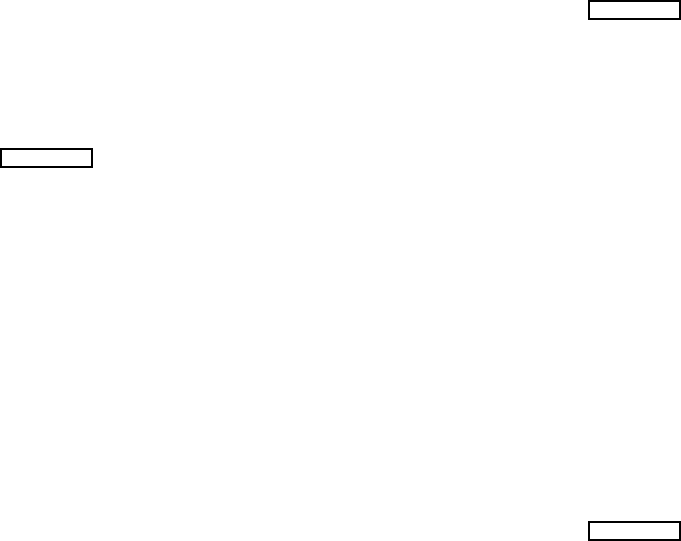
13 14
Installation
LOCATING
Locate the engine at least 1 meter (3.0 ft) away from buildings or other
structures. Provide proper exhaust routing. Refer to EXHAUST SYS-
TEM below. Do not use the engine near fl ammables or other hazard-
ous materials such as trash, rags, lubricants, or explosives.
When determining the mounting location, make sure of the following:
• Gas and oil can easily be checked and supplied
• Oil can be changed.
• The air cleaner can be serviced
• Spark plugs can be checked.
Carefully examine the engines position, the method of connecting it to
a machine, and the foundation and support structure.
Locate the engine in a safe area on a stable level surface free of small
rock, loose gravel, etc.
Operating the engine on an incline may cause
seizure due to improper lubrication; even at
maximum oil level.
EXHAUST SYSTEM
EXHAUST GAS IS DEADLY! Engine-powered equipment must never
be operated inside buildings or other enclosed spaces.
If a long exhaust pipe is used, the internal resistance results in loss
of engine power. The exhaust pipe ID must increase in proportion to
exhaust pipe length. For example, if the exhaust pipe is:
less than 3.0 m (9.8 ft.) long - pipe ID = 30mm (1-3/16in)
less than 5.0 m (16.4 ft)long - pipe ID = 33mm (1.3in)
It is the responsibility of the equipment operator(s) to check for
exhaust leaks on a daily basis and to have all leaks repaired before
continuing to operate the equipment.
FUEL
Fuel Tank
The fuel tank system must be provided by the OEM. A fuel
shut-off valve must connected between the fuel line and the fuel pump.
The fuel tank may be mounted up to 0.66 meters (2.0ft) below the
! CAUTION
carburetor.
If the tank is mounted above the carburetor, a fuel shut-off valve must
be connected between the fuel tank and the fuel pump.
Note: To prevent fuel from fl ooding the carburetor, the fuel valve
must be closed when the engine is not running.
Properly install fuel lines to the carburetor bycompletely inserting the
hose onto the fi tting and then secure it with a hose clamp.
Gaseous fuels are fl ammable and explosive and
can cause severe personal injury or death.
Do not smoke if you smell gas or are near fuel
tanks or fuel-buring equipment or are in an area
sharing ventilation with such equipment. Keep
fl ames, sparks, pilot lights, electrical switches,
arc-producing equipment and all other sources
of ignition well away. Keep a type ABC fi re
extinguisher handy.
Do not refi ll the fuel tank while the engine is running. Do not overfi ll the
tank.
Wipe away any spilled fuel and wait until it has dried before starting
the engine.
! WARNING
Fuel recommendations
Use clean, fresh unleaded gasoline having a minimum octane rat-
ing (Anti-Knock Index) of 87. This engine is certifi ed to operate on
unleaded gasoline.
During some periods of the year only mandated “oxygenated” gaso-
lines may be available. These are acceptable for use, but not prefer-
able. Do not use gasoline or gasoline additives (de-icers) containing
methanol because methanol can be corrosive to fuel system compo-
nents.
Do not use gasoline or gasoline additives
containing methanol because methanol can be
corrosive to fuel system components.
! CAUTION


















